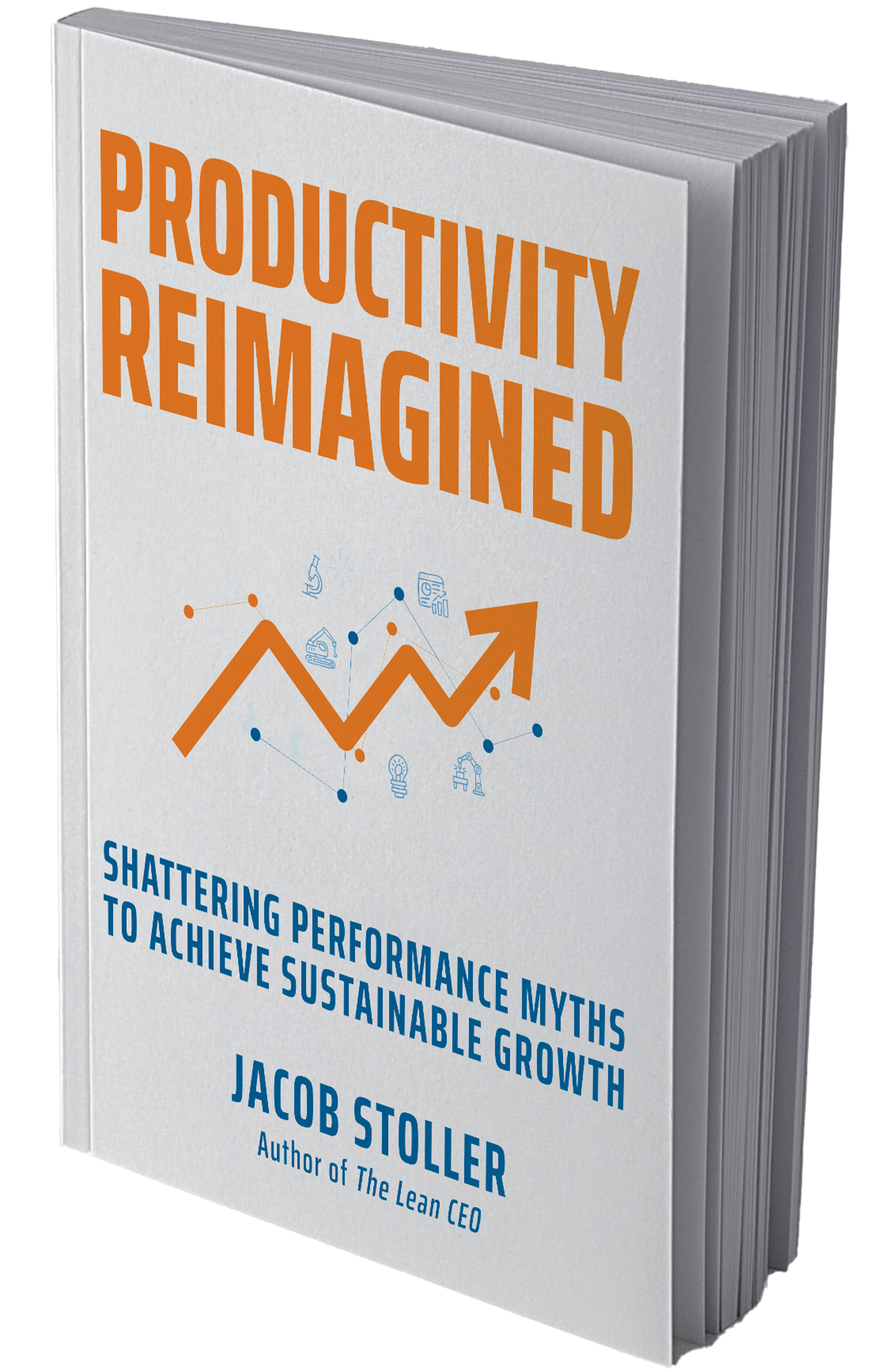The launch of my latest book, Productivity Reimagined, is only ten days away. We’ll be looking at some stories and excerpts leading up to the big day. Here, for openers, is a section from the Preface. “People by nature want to be productive. The urge to work towards something that matters is the force that… read more.
Why Ownership Matters
I had a great conversation yesterday with Kerry Siggins, CEO of StoneAge and author of The Ownership Mindset. Officially, Kerry was interviewing me to discuss my upcoming book Productivity Reimagined for her podcast, Reflect Forward. But on account of her knowledge and enthusiasm, I wound up asking her a lot of questions as well, so… read more.
The power of the musical “why”
Classical piano is my number one hobby, if you want to call it that, and I occasionally get the opportunity to perform in front of an audience. This is a great joy, but it also requires a lot of work.
In the Lean context, the piano is my gemba – the place where value – the ability to play a piece well enough to create a positive audience experience – is created.
While the preparation part – piano practice – is reputed to be prerequisite grunt work, I’ve come to see it differently. Learning a new piece can be a journey in experimentation and problem solving.
Results at the piano gemba are remarkably transparent. The objective is to perform a precisely-timed sequence of movements reliably and predictably. You either get the notes at the right speed and with the right nuances or you don’t. It’s easy, therefore, to determine if your process works or not.
There are some interesting parallels with Lean problem-solving methodology. At the piano, we clarify problems by isolating passages that cause us difficulty. We use a metronome to set interim and final targets for tempo (speed). We break a particularly tough passage down, playing it with hands separately, or dividing
it into smaller increments. We monitor our progress on a daily basis to see how well our methods are working.
All this would be a colossal drag if there wasn’t purpose behind it. In classical music, purpose can be summarized as conveying the composer’s intentions to an audience. A clear vision of the composer’s intentions not only gives all the hard work meaning, but makes difficulties much easier to overcome.
For example, I was recently having a tough time with a difficult Beethoven passage. The passage suddenly seemed much easier when I realized that it is not just a bunch of notes, but an emotional outburst that sets the mood for the entire piece. If you had listened to my progress, the difference between the “before” and “after” state was like night and day.
The lesson for me is that understanding purpose not only makes work more bearable, but makes difficult and complex tasks easier to perform. Humans need to know why, and when we do, the results are often powerful and dramatic, at the piano or in the workplace.
Reflections on receiving the Shingo Publication Award for The Lean CEO
I am thrilled and honored to have been selected to receive a Shingo Publication Award for The Lean CEO at the 2019 Shingo Conference in Cincinnati. The occasion has caused me to take some time to reflect on Lean, and my own involvement with it. This reflection took me back to my days working for… read more.
Seeing the forest for the trees
Back in December, I was passing some time in the San Francisco Airport, awaiting my flight home to Toronto, when I noticed a poster with the following message: “Over the past 10 years, SFO has planted over 2,000 trees of more than 15 species around the Airport, resulting in annual sequestration of approximately 120 metric… read more.
Standard work for winning hearts and minds
Brain science has confirmed something that many of us suspected all along – you can’t win hearts and minds with data. Today, you can actually see on an eMRI scanner how an engaging story “lights up” various parts of a listener’s brain, and then compare this to the relatively lackluster result from numerical data alone…. read more.
Enterprise Lean is not just about Lean practice
Many conversations in the Lean world are about distinguishing “tools only” Lean organizations from those that are pursuing the real thing. Often, this is framed as a problem of “getting it right” when it comes to the practice of Lean. My view, however, is that there’s something much larger at play here. Lean Enterprise Institute… read more.
Lean meets The Matrix
The 1999 futuristic film The Matrix provides a wonderful metaphor for Lean leadership. For those who haven’t seen it, Neo, the lead character, is presented with a choice – take the blue pill and live the rest of his life in comfortable delusion, or take the red pill and see the frightening truth for what… read more.
Pilots, CEOs, and leaps of faith
Several weeks ago, I was was on the way home from a business trip in a 19-seat twin engine plane. As we were leveling off at cruising altitude, we heard a horrible metallic crunching noise and the plane started lurching. Then we saw smoke and flames coming out of the exhaust of the right engine…. read more.
Respect for people includes customers
I recently overheard a frustrated Lean specialist lamenting that her employer, a large Canadian bank, will never support the level of change that Lean requires. Given the recent behavior of the Canadian retail banking industry, I’m wondering if the root cause is not ignorance, as often assumed, but a lack of commitment to customer value…. read more.

